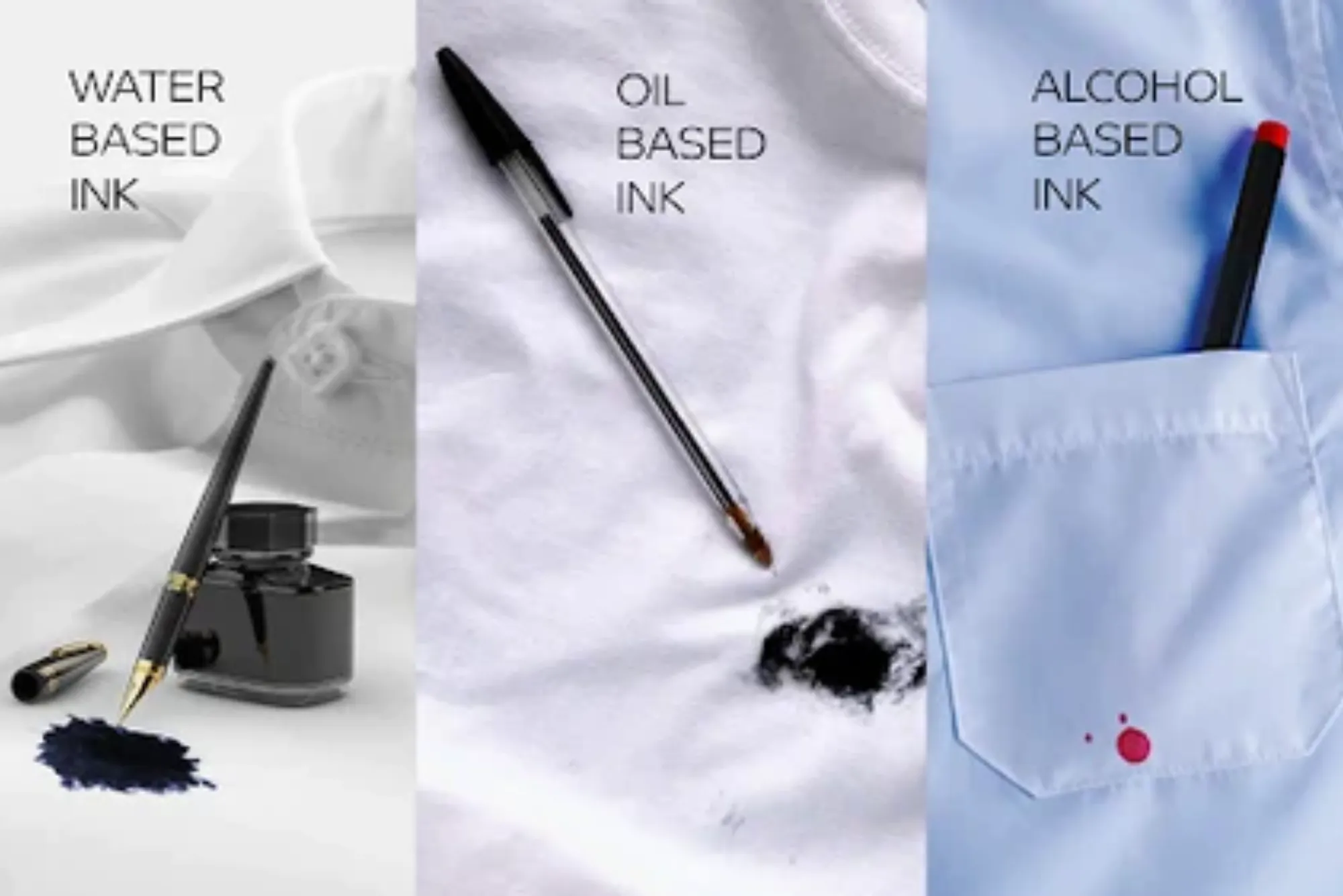In the hustle and bustle of daily life, it’s not uncommon to find yourself facing the dreaded ink stain on your favorite garment. What’s even more challenging is dealing with a pen ink stain after it has dried. But fear not! With the right techniques and a bit of patience, you can bid farewell to those stubborn stains and restore your clothes to their former glory.
Assessing the Damage
Before diving into the removal process, it’s essential to assess the type of fabric you’re dealing with and the nature of the ink stain. Different fabrics require different treatment methods, and knowing the ink type will help you choose the most effective approach.
Different fabrics react differently to cleaning agents and techniques. For instance, while cotton and polyester may be more resilient, delicate fabrics like silk or wool require gentler treatment to avoid damage. Here’s a quick guide to identifying common fabric types:
A versatile and durable fabric, cotton is relatively easy to clean and can withstand moderate cleaning methods. Known for its wrinkle resistance and durability, polyester is generally more forgiving when it comes to cleaning. A delicate and luxurious fabric, silk requires special care to avoid damage from harsh chemicals or vigorous scrubbing. Soft and insulating, wool is prone to shrinking and felting if exposed to excessive agitation or heat during cleaning.m By identifying the fabric type of your garment, you can choose the most suitable cleaning method that will effectively remove the ink stain without causing harm.
Ink Type: Water-Based vs. Permanent Ink
In addition to considering the fabric, it’s crucial to determine the type of ink that has stained the clothing. Ink can be broadly categorized into two types: water-based and permanent ink.
Commonly found in gel pens and fountain pens, water-based ink stains are generally easier to remove as they respond well to water and alcohol-based cleaning agents. Often used in ballpoint pens and markers, permanent ink contains pigments and resins that adhere firmly to fabric fibers, making it more challenging to remove. Identifying the type of ink will guide you in selecting the most effective cleaning solution and method for tackling the stain.
Precautions Before Treatment
Before applying any cleaning agents, it’s crucial to take some precautions to avoid further damage to the fabric. Spot testing is recommended to ensure that the cleaning solution is compatible with the fabric, and exercising patience is key to preventing unnecessary wear and tear.
Ensuring Compatibility with Cleaning Agents
One of the most critical precautions is spot-testing the cleaning solution on a small, inconspicuous area of the garment before applying it to the stain. This step helps you determine whether the cleaning agent is compatible with the fabric and won’t cause discoloration, fading, or damage. To spot test, apply a small amount of the cleaning solution to an inside seam or hem of the garment and wait for a few minutes to observe any adverse reactions. If there are no visible signs of damage, such as color bleeding or fabric distortion, proceed with confidence.
Avoid Rushing to Prevent Further Damage
Another important precaution is to exercise patience throughout the stain removal process. While it may be tempting to aggressively scrub or rub at the stain, doing so can actually worsen the damage by spreading the ink or causing the fabric fibers to weaken. Instead, approach the stain removal methodically and gently, allowing the cleaning solution to penetrate and break down the ink without compromising the fabric’s integrity. Remember that it may take multiple attempts to fully remove the stain, so resist the urge to rush the process and trust that patience will yield better results in the long run.
By taking these precautions before treatment, you can minimize the risk of inadvertently damaging your clothes while maximizing the effectiveness of the stain removal method. Spot testing ensures compatibility with the fabric, while patience allows the cleaning solution to work its magic without causing harm. Armed with these precautions, you can confidently tackle pen ink stains on dried clothes and restore your garments to their pristine condition.
Techniques for Removing Pen Ink Stains
Alcohol-based products like rubbing alcohol or hand sanitizer can work wonders in removing pen ink stains. Simply apply the alcohol to the stain, dab gently, and blot until the ink begins to lift.
Employing Hairspray:
Hairspray isn’t just for styling hair – it can also be a potent tool in the fight against ink stains. Spray the affected area with hairspray, blot gently, and then wash the garment as usual.
Utilizing Vinegar and Dish Soap:
A solution of vinegar and dish soap can be highly effective in breaking down ink stains. Mix equal parts vinegar and dish soap, apply the solution to the stain, and let it soak before washing the garment.
Additional Tips and Tricks for Stubborn Stains
For particularly stubborn stains, don’t be afraid to repeat the cleaning process multiple times until the stain fades away. If all else fails, consider seeking professional help from a dry cleaner. And remember, prevention is always better than cure – store your pens properly to avoid future accidents.
Ink stains on clothes may seem like a daunting challenge, especially when they’ve dried in, but with the right techniques and a little perseverance, you can say goodbye to those pesky stains for good. Armed with the knowledge of how to remove pen ink from clothes after drying, you can tackle any stain with confidence and restore your wardrobe to its pristine condition.



